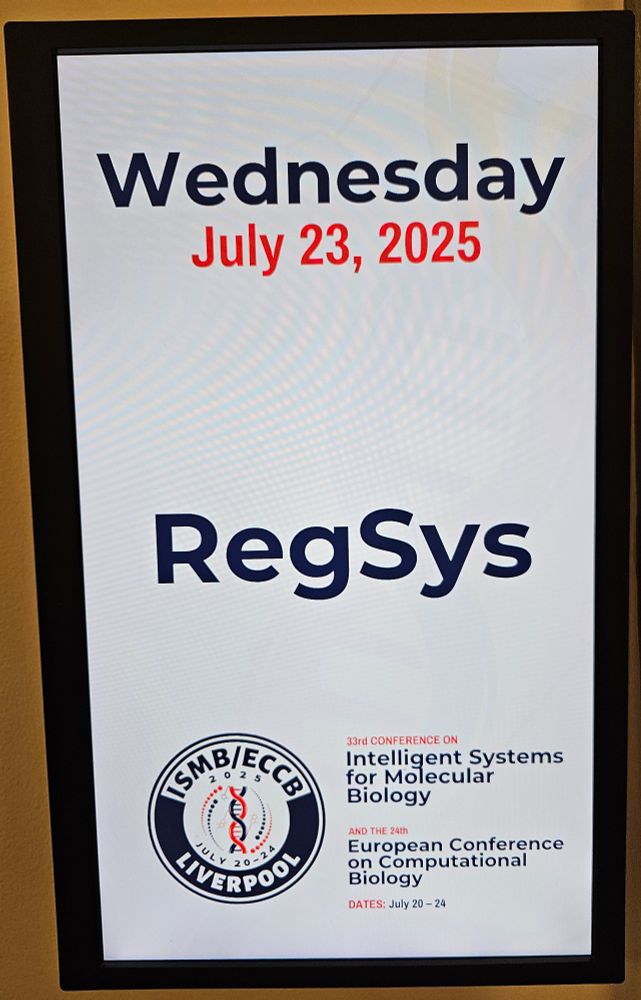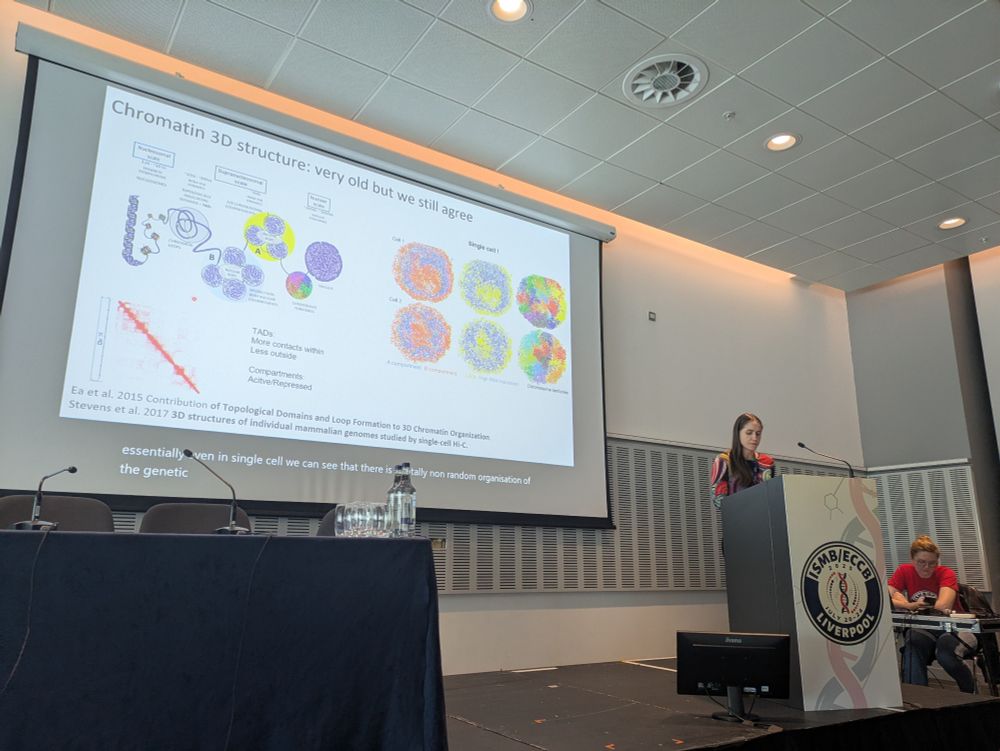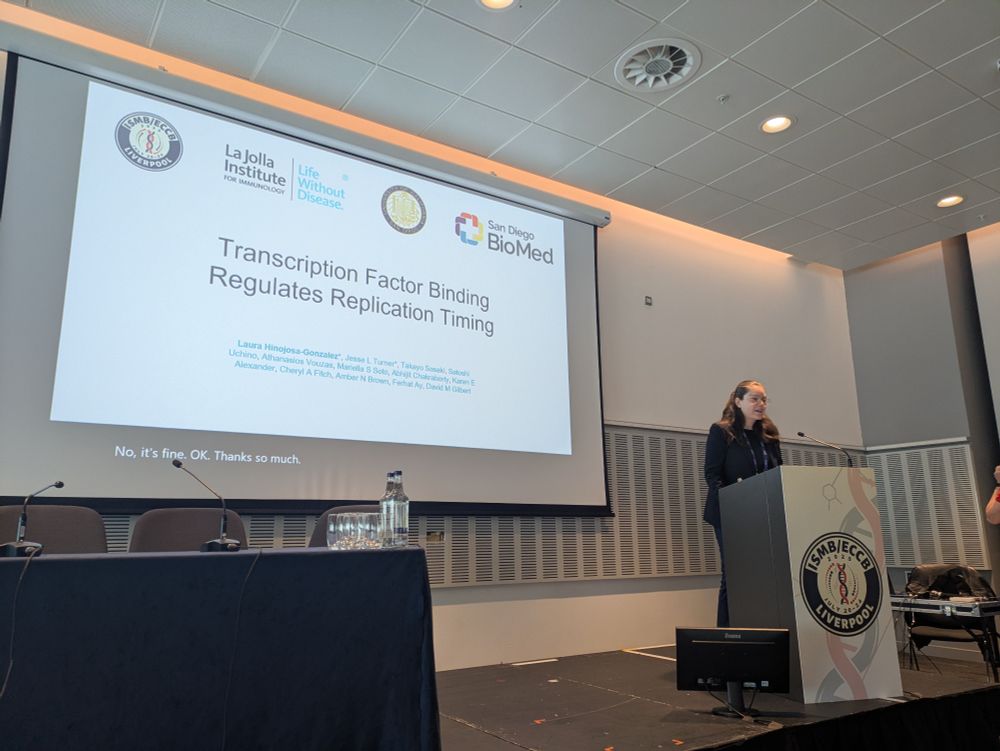Ferhat Ay
@ferhatay.bsky.social
870 followers
1.6K following
50 posts
Dad x 2, husband, son, brother, computational biologist, genome scientist, associate professor at la jolla institute for immunology (LJI) and UCSD https://www.lji.org/labs/ay/
Posts
Media
Videos
Starter Packs
Reposted by Ferhat Ay
Ferhat Ay
@ferhatay.bsky.social
· Aug 21
Reposted by Ferhat Ay
Reposted by Ferhat Ay
Reposted by Ferhat Ay
Reposted by Ferhat Ay
Ferhat Ay
@ferhatay.bsky.social
· Jul 23

Loop Catalog: a comprehensive HiChIP database of human and mouse samples - Genome Biology
HiChIP enables cost-effective and high-resolution profiling of chromatin loops. To leverage the increasing number of HiChIP datasets, we develop Loop Catalog ( https://loopcatalog.lji.org ), a web-bas...
tinyurl.com
Ferhat Ay
@ferhatay.bsky.social
· Jul 23
Ferhat Ay
@ferhatay.bsky.social
· Jul 23
Ferhat Ay
@ferhatay.bsky.social
· Jul 23

Master transcription-factor binding sites constitute the core of early replication control elements | The EMBO Journal
imageimageEarly Replication Control Elements (ERCEs) regulate replication timing, transcription and 3D chromatin organization. Here their dissection has revealed subcomponents (subERCEs) that are bound by diverse master transcription factors and ...
tinyurl.com
Ferhat Ay
@ferhatay.bsky.social
· Jul 23
Ferhat Ay
@ferhatay.bsky.social
· Jul 23
Ferhat Ay
@ferhatay.bsky.social
· Jul 23
Ferhat Ay
@ferhatay.bsky.social
· Jul 23
Ferhat Ay
@ferhatay.bsky.social
· Jul 23
Ferhat Ay
@ferhatay.bsky.social
· Jul 23
Ferhat Ay
@ferhatay.bsky.social
· Jul 22
Ferhat Ay
@ferhatay.bsky.social
· Jul 22
Ferhat Ay
@ferhatay.bsky.social
· Jul 22
Ferhat Ay
@ferhatay.bsky.social
· Jul 22
Ferhat Ay
@ferhatay.bsky.social
· Jul 22









